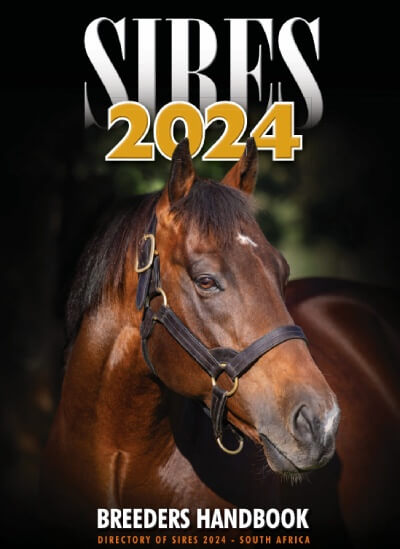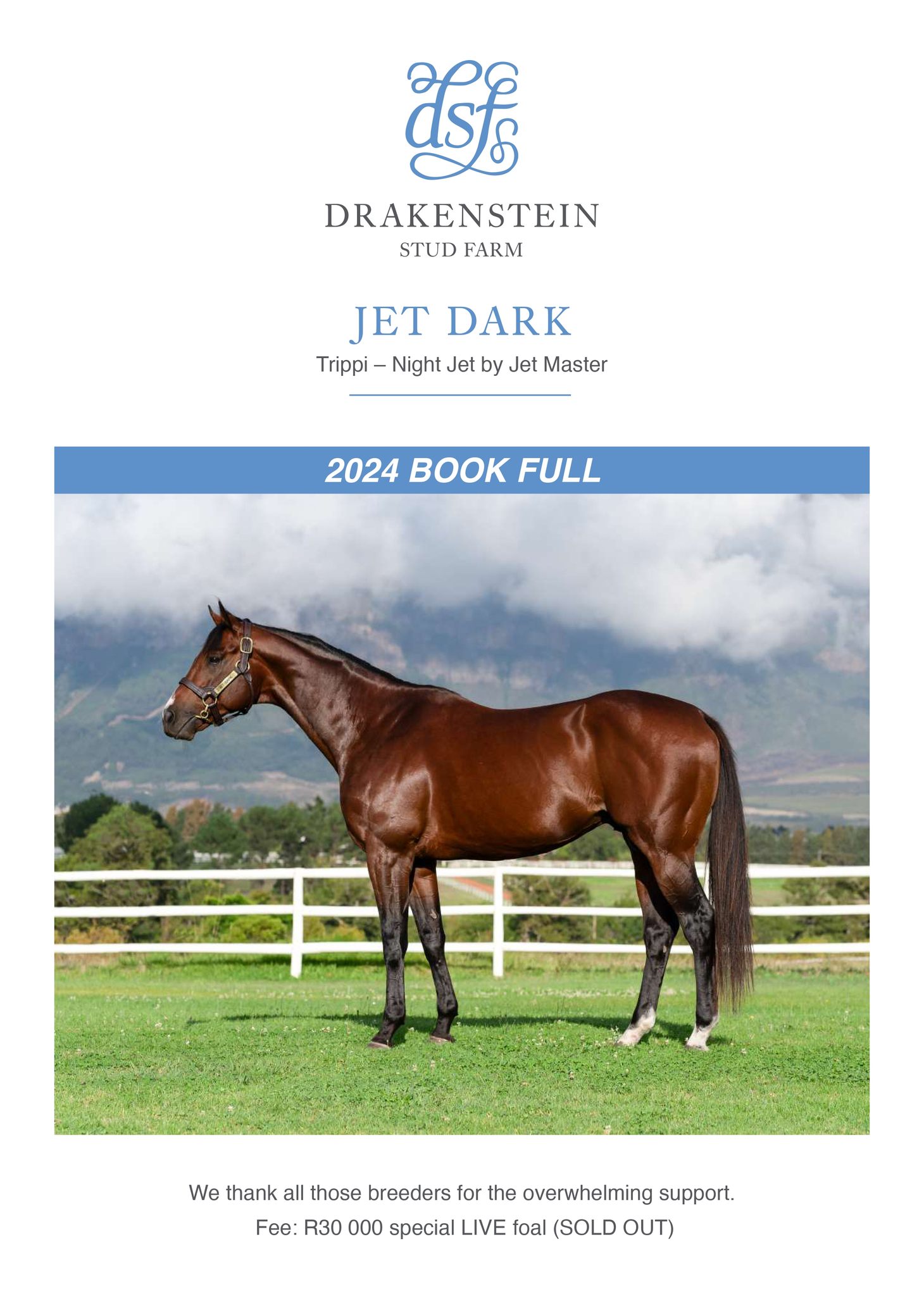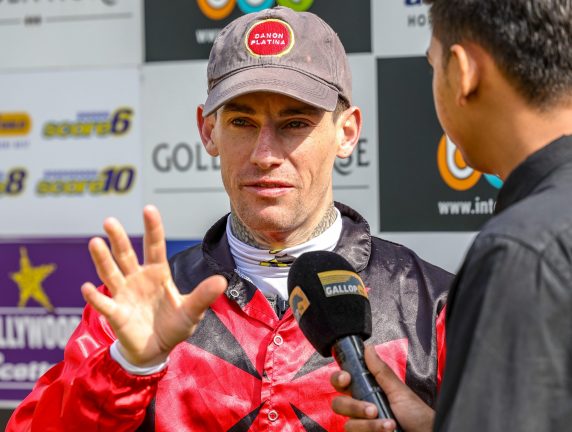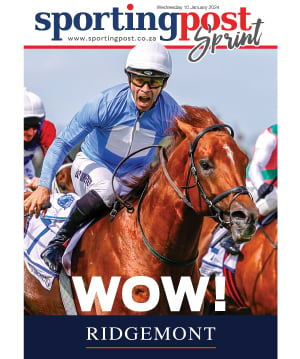With the National Yearling Sale around the corner, here’s some new light on an old problem. It suggests that an infirmity shown by a scope may not be as bad one thinks.
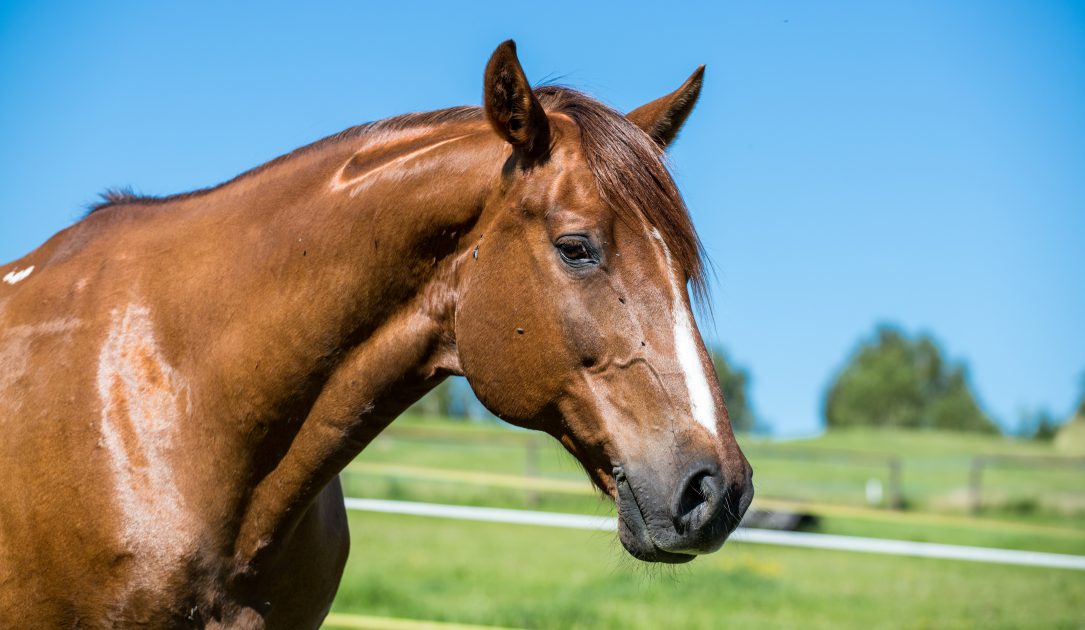
Dr. Andrea Ritmeester writes in Thoroughbred Racing Monthly that in 1995 New Zealand Bloodstock introduced post- sale endoscopic examination of the upper respiratory tract of horses sold at its National Thoroughbred Yearling Sales in Karaka.
This means that following the fall of the hammer the purchaser has the opportunity to have the horse he/she has just purchased examined endoscopically by a veterinarian approved by the Auctioneer.
The veterinarian must examine the horse’s upper respiratory tract endoscopically within 24 hours of the fall of the hammer to determine the presence of any of the following conditions:
- Laryngeal hemiplegia (grossly deficient abductor function of one or both arytenoid cartilages)
- Rostral displacement of the palatopharyngeal arch
- Epiglottic entrapment
- Persistent dorsal displacement of the soft palate
- Arytenoid chondritis or chondroma
- Sub-epiglottic cyst(s)
NZ Bloodstock has formed a panel of equine veterinarians to perform these post-sale endoscopic examinations, and horses with any of the above conditions, as well as horses that have unusual or questionable lesions that fall outside the conditions of sale, are examined by up to 3 separate panel veterinarians.
If the panel is of the opinion that a horse has any of 6 conditions listed above, then the purchaser may cancel the sale and the horse will be returned to the vendor.
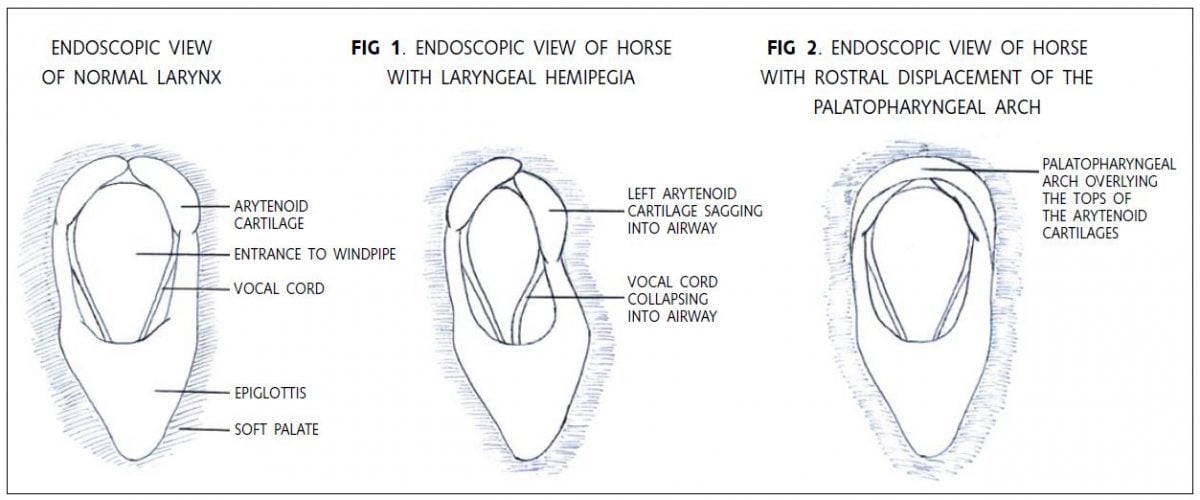
Laryngeal Hemiplegia (Roaring)
Laryngeal hemiplegia is a condition where the nerve that supplies the muscles responsible for movement of the cartilages of the larynx (throat) is damaged to such a degree that the muscles lose their ability to hold the larynx open during inspiration.
This condition occurs almost always on the left side and is evident endoscopically by a sagging of the left arytenoid cartilage towards the midline and reduced abduction (outward movement) of the left arytenoid compared with the opposite side (see Fig. 1).
During strenuous exercise the rapid flow of air through the larynx that occurs with inspiration tends to drag the paralysed cartilage towards the opposite side, thereby significantly narrowing or even obstructing the opening to the windpipe.
This results in increased resistance to airflow and increased turbulence, creating the classic “roaring” or whistling sound. As well as creating noise, the collapse of the larynx leads to a reduced amount of air available for oxygen exchange in the lungs, resulting in a significantly reduced athletic ability.
Laryngeal hemiplegia is most commonly seen in young, male horses of larger breeds. Although the condition can be caused by physical damage to the nerve in the neck region of the horse (usually by inadvertently injecting an irritant drug outside the jugular vein), most commonly the cause of the disease is unknown.
Because the nerve in question is one of the longest in the body (it comes out of the brain, runs down the neck, wraps around the base of the heart and runs back up the neck to the larynx) it is thought that in large, long-necked horses the nerve is simply too long to sustain itself, resulting in “die back” of individual fibres.
Depending on the percentage of nerve fibres that are lost, the degree of laryngeal muscle function varies from normal to complete paralysis of the left side of the larynx.
The range of laryngeal muscle function is graded from 1 to 5 according to Dr. Geoff Lane’s grading system, as reported in the Bain Fallon Proceedings, 1993:
Grade 1:
Normal. The arytenoid cartilages are symmetric at rest, all laryngeal movements are synchronous and symmetrical, and full abduction of the left arytenoid cartilage is achieved and sustained.
Grade 2:
The arytenoid cartilages are symmetric at rest. There is asynchronous (delayed) abduction of the left arytenoid compared with the right, but all major movements are symmetrical and full abduction of the left arytenoid cartilage is achieved and sustained.
Grade 3:
The arytenoid cartilages appear asymmetric at rest, with the left side sagging into the airway to some degree, but full abduction of the left arytenoid cartilage can be stimulated by inducing swallowing or by temporarily occluding both nostrils. Although full abduction of the left arytenoid is achieved it is frequently not sustained.
Grade 4:
Obvious asymmetry of the arytenoid cartilages at rest and although there is still some movement, the horse is unable to fully abduct the left arytenoid cartilage.
Grade 5:
No movement of the left arytenoid cartilage (complete paralysis).
It must be appreciated that endoscopic examination of horses at rest is clinically restrictive, and that the best way to determine if a horse is a roarer is by endoscopic examination at fast exercise on a treadmill, or at the very least by galloping the horse to determine if it makes an abnormal respiratory noise while exercising.
Because this is not practical for yearlings in the sales environment the less perfect procedure of endoscopy at rest is used. It is important to realise that this procedure is not capable of predicting with 100% accuracy which horses will make a noise at prolonged fast exercise.
In accordance with the conditions of sale, horses with grade 4 or grade 5 laryngeal movements will fail the post- sale endoscopic examination, resulting in cancellation of the sale.
This is because endoscopic examination of horses both at rest and during fast exercise on treadmills has shown that almost all horses that are incapable of full abduction of the left arytenoid cartilage at rest (i.e. a grade 4 or 5) will make a roaring or whistling noise at prolonged fast exercise. However, some horses with grade 4 laryngeal movements can still race successfully over short distances (usually less than 1400 m.).
Some horses with grade 3 laryngeal movements may make an abnormal respiratory noise at prolonged fast exercise.
A note of caution to vendors: any type of tranquilliser or sedative given to yearlings on sales day can also adversely affect laryngeal movement grade and may make a horse with grade 3 laryngeal movements look like a grade 4.
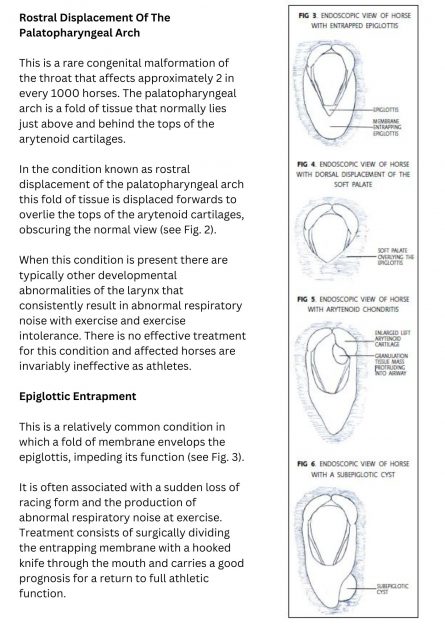
Persistent Dorsal Displacement Of The Soft Palate
Dorsal displacement of the soft palate is a functional abnormality where the soft palate becomes displaced from its normal position below the epiglottis and sits in the entrance to the windpipe (see Fig. 4).
The displaced palate interferes with airflow through the larynx and affected horses typically emit a gurgling sound during fast exercise.
The signs are usually dramatic and typically occur suddenly during the final stages of a race or gallop (also referred to as “choking down”), only to disappear just as suddenly as soon as the horse is pulled up and swallows. When examined endoscopically at rest these horses usually appear normal, and definitive diagnosis requires endoscopic examination during fast exercise on a treadmill.
The cause of this condition is unknown, but swallowing during exercise, getting the tongue over the bit and excessive poll flexion are all thought to predispose horses to dorsal displacement of the soft palate during fast exercise.
Occasionally a horse has a physical or functional abnormality that results in persistent dorsal displacement of the soft palate. These horses are unable to return the soft palate to its normal position beneath the epiglottis even at rest.
Examples of this are a cleft soft palate and an abnormally small or flaccid epiglottis. Because these horses are unlikely to be successful athletes, they fail the conditions of sale.
Arytenoid Chondritis Or Chondroma
Arytenoid chondritis refers to the enlargement of one or both arytenoid cartilages due to inflammation and/ or infection. Endoscopic examination usually reveals an inwardly displaced, swollen arytenoid with reduced movement.
The affected cartilage is usually misshapen and granulomatous masses may protrude into the airway (see Fig. 5).
These lesions are probably traumatic in origin, with abrasion of the mucosa by inhaled or swallowed foreign bodies resulting in secondary inflammation and/or infection of the underlying cartilage. Affected animals usually display excessive respiratory noise with exercise that becomes progressively worse as the disease progresses and eventually results in difficulty breathing at rest.
If discovered early, before the underlying cartilage becomes involved in the disease process, the condition may respond to a long course of antibiotic therapy. However, once granulomatous masses develop, and the arytenoid cartilage becomes misshapen surgery is the only treatment and the prognosis for a return to full athletic function becomes guarded.
Sub-Epiglottic Cyst
Sub-Epiglottic Cysts are round, thin-walled, fluid-filled structures positioned beneath the epiglottis or soft palate. They range in size from very small to golf-ball size and may be large enough to grossly displace the epiglottis or soft palate upwards (see Fig. 6).
They typically result in airway obstruction and abnormal respiratory noise with exercise, and may interfere with swallowing, resulting in chronic coughing and choking.
Treatment consists of complete surgical removal of the cyst and carries a good prognosis for a return to full athletic function.








